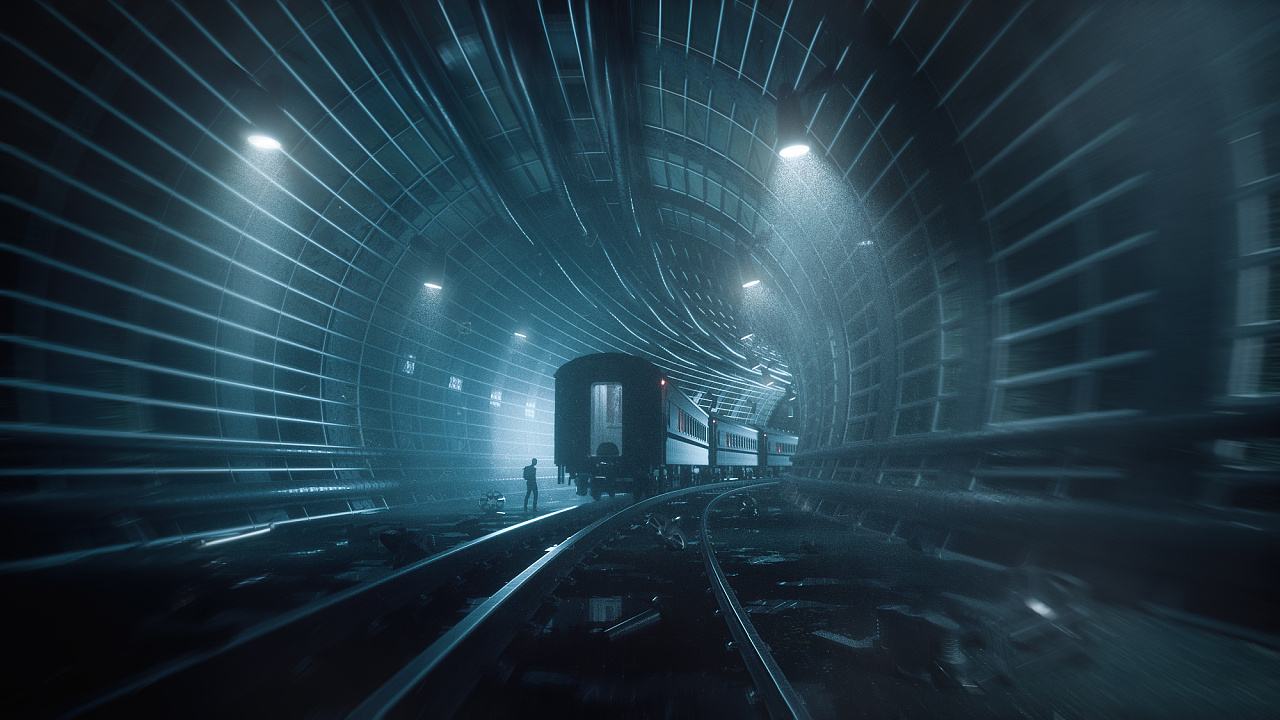

V01 is split over two projects, with Rich setting up both for final render, along with tips, tricks and all you need to get started with this exciting render engine.

Redshift for Cinema 4D : V01 includes over 48 videos covering topics such as introducing the renderview, the redshift material, Sampling, GI, texture workflow, area lights, triplanar projection, motion blur, depth of field, hdri’s and much more, all in a very detailed format. Redshift for Cinema 4D a premium suite of tutorials, exclusive to helloluxx. Rich Nosworthy is well known to many as an authority on all things Redshift so it is with great delight that we now bring to you Volume 01 of learn. Tailored to support creative individuals and studios of every size, Redshift offers a suite of powerful features and integrates with industry standard CG applications and as all helloluxxers know, Cinema 4D is our CG application of choice! One of Trevor Kerr’s best quotes from the Greyscalegorilla Plus Guide to Redshift is, “put your samples where they matter.” It really does hold true.Redshift is the world’s first fully GPU-accelerated, biased renderer, built to meet the specific demands of contemporary high-end production rendering. These 3 tips will help render faster and better in Cinema 4D.
Redshift render how to#
If you still have a ton of noise, now you can jump back into the render settings and adjust the overall samples. Learn how to remove noise, animate with depth of field, and more in this Cinema 4D tutorial. You can also turn up the number of rays in your Brute force global illumination. You want to increase your samples at a rate of 2x, and don’t be afraid to crank these numbers up really high. You first want to start by adjust the Sample of your Redshift lights.Īdding more light data to your scene will start to clean up your render. You don’t want to just adjust the overall Unified Sampling in the Render Settings, because that will actually slow things down. To render faster, it’s going to come down to adjusting the proper Samples. In this tip, we’re gonna setup our scene for a grain-free render by adjusting the proper render settings. In this particular render, I also used GorillaCam and the Everyday Material Collection. Fun fact: CoC stands for Circle of confusion! Adjust the CoC Radius slider to achieve the look you want. With the Redshift tag selected, navigate to the Bokeh tab and check the box marked Enabled.

Redshift render update#
Maxon, a developer of professional software solutions for editors, filmmakers, motion designers, visual effects artists, and creators of all genres, offers information about its February update to Max One with new capsule, Redshift, full.
Redshift render full#
Here are the simple steps to setup Depth of Field in Redshift.Īdd a Redshift Camera Tag to your existing camera. Explore Maxon’s February update with the new Maxon One capsule as well as an Redshift updates, Maxon’s full CPU/GPU- accelerated, biased 3D rendering. Now connect the Color User Data node to the RS Material and select Diffuse > Diffuse Color. Set the Attribute Name to MoGraph > Color. Search for and add a Color User Data node. You’ll need to apply a Redshift Material to your cloner.ĭouble click the material and in the Material Editor click on Edit Shader Graph. This scene uses Fields in Cinema 4D, but the colors used don’t appear in Redshift.


 0 kommentar(er)
0 kommentar(er)
